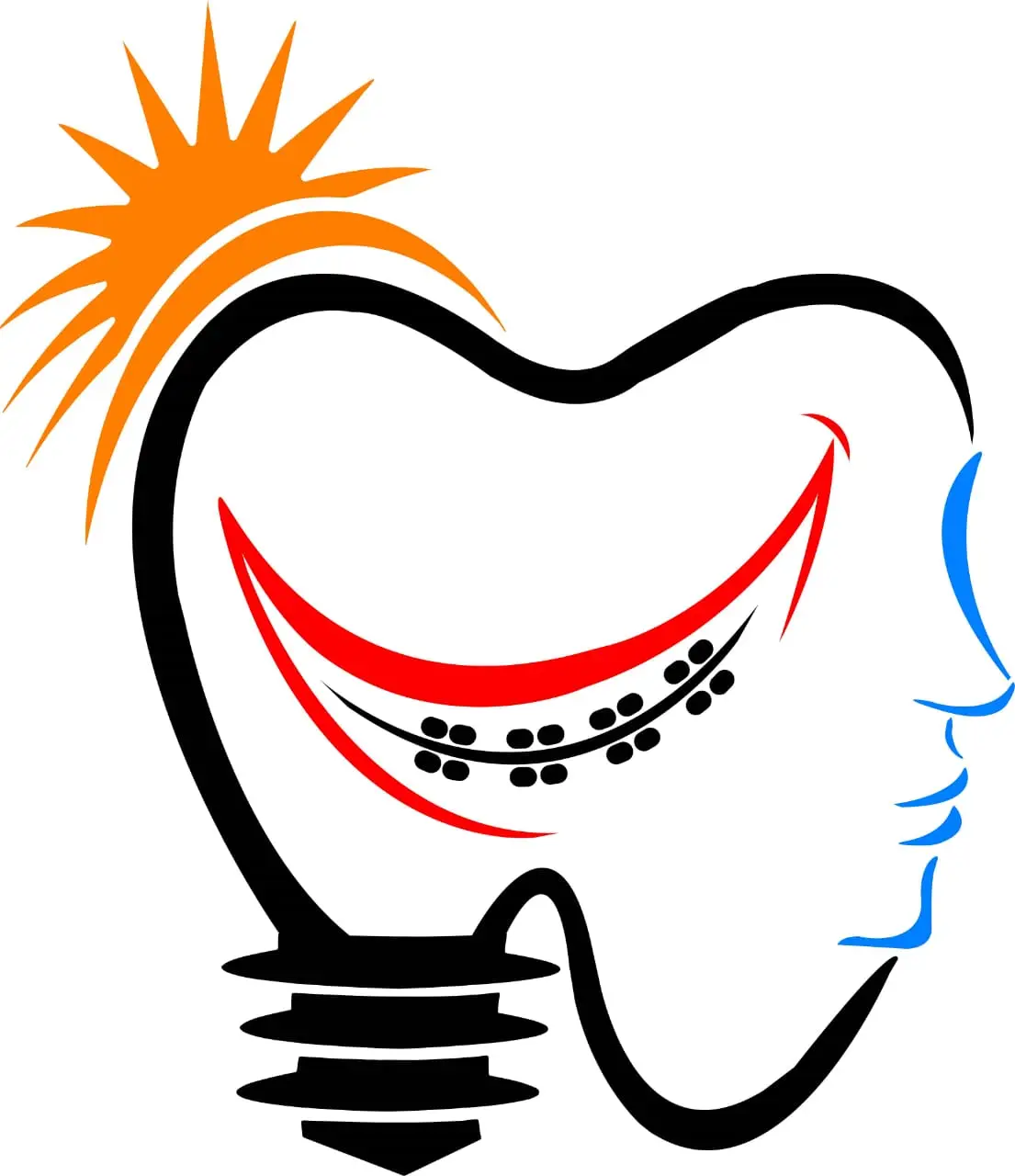Cleft Lip and Cleft Palate
Cleft lip and cleft palate are congenital conditions that occur when the tissues of the upper lip and/or the roof of the mouth (palate) do not fuse properly during fetal development. These conditions can occur separately or together and vary in severity.
A cleft lip appears as a split or opening in the upper lip, which may be unilateral (on one side) or bilateral (on both sides). It can range from a small notch to a large gap extending into the nose.
A cleft palate is an opening in the roof of the mouth, which may affect the hard palate (front part), soft palate (back part), or both. This can lead to difficulties in feeding, speech development, and ear infections due to improper separation between the oral and nasal cavities.
The exact cause of cleft lip and palate is not always known, but genetic and environmental factors—such as family history, maternal smoking, poor prenatal nutrition, or certain medications—may contribute to their occurrence.
Treatment typically involves surgical correction, often performed in stages, starting as early as a few months after birth. Additional therapies like speech therapy, orthodontic care, and specialized dental treatment may be required to ensure proper function and aesthetics.
With modern medical advancements, children born with cleft lip and palate can achieve excellent cosmetic and functional outcomes, leading to a normal and healthy life.


